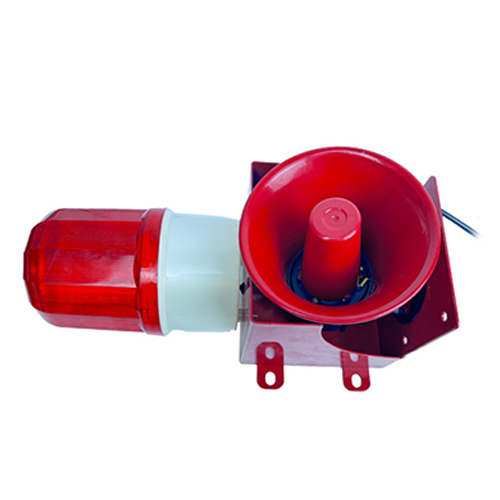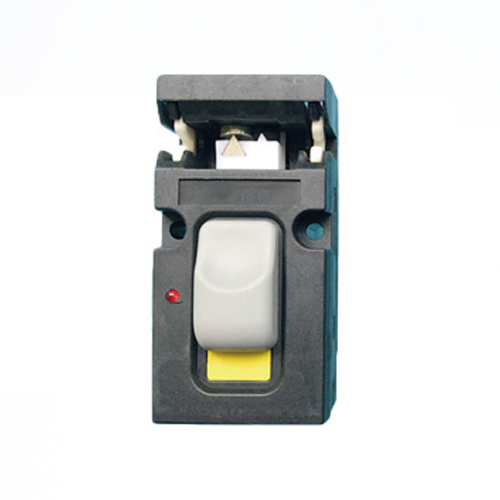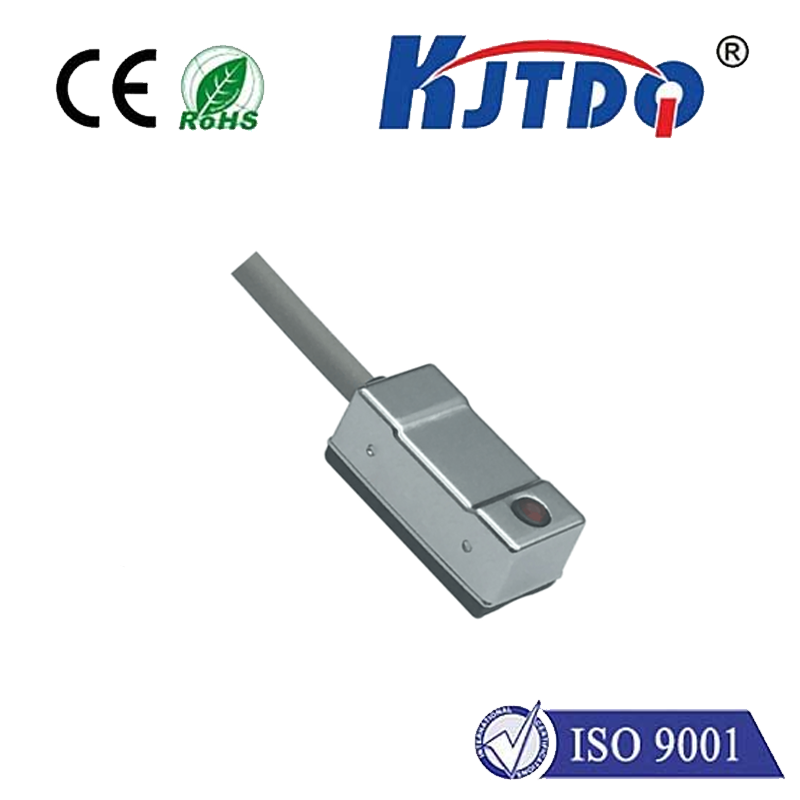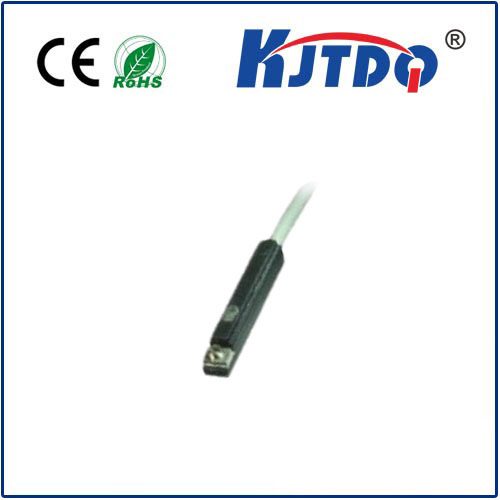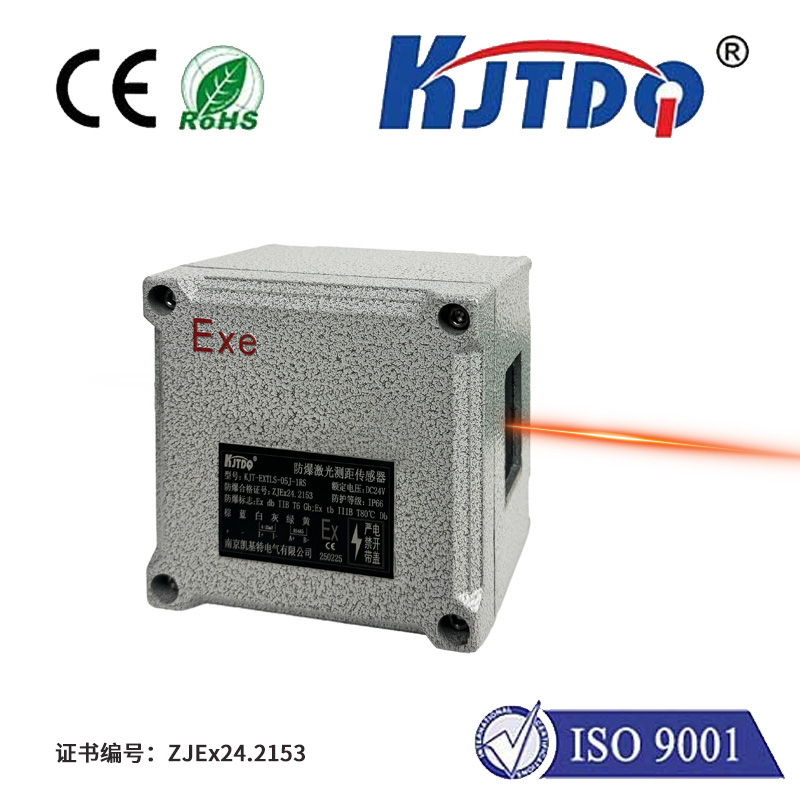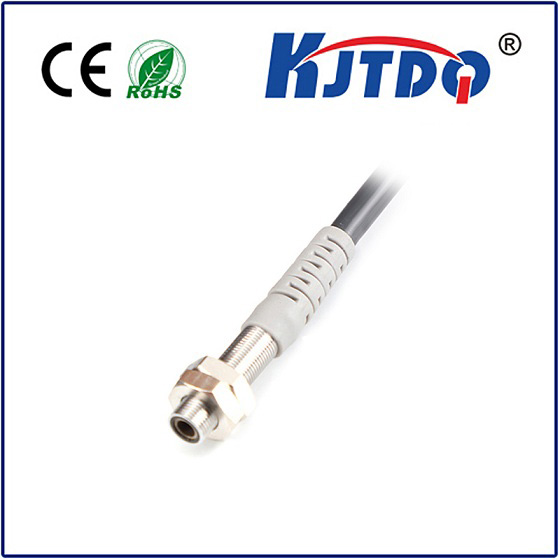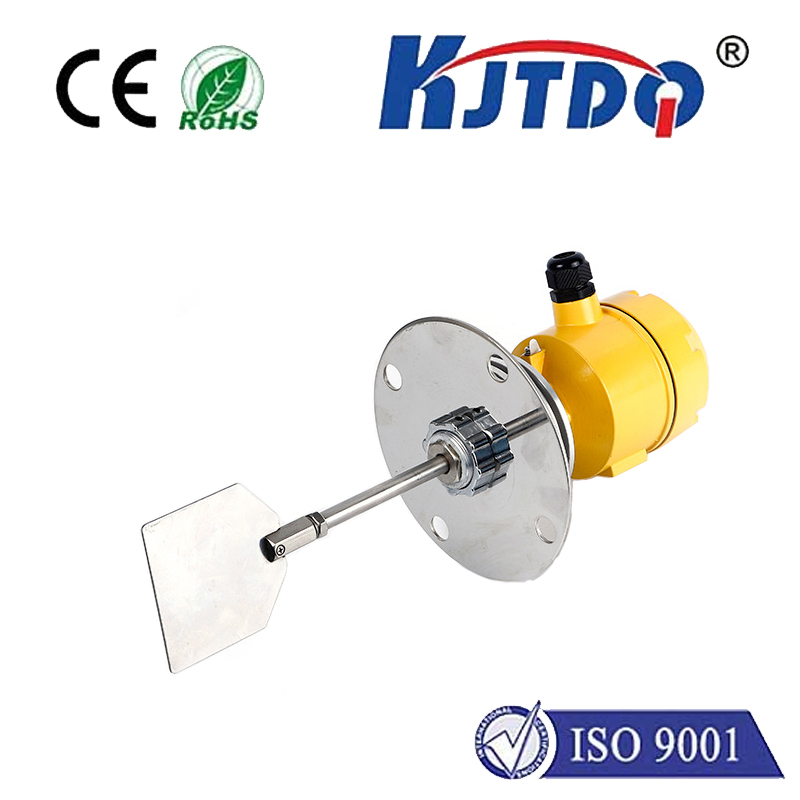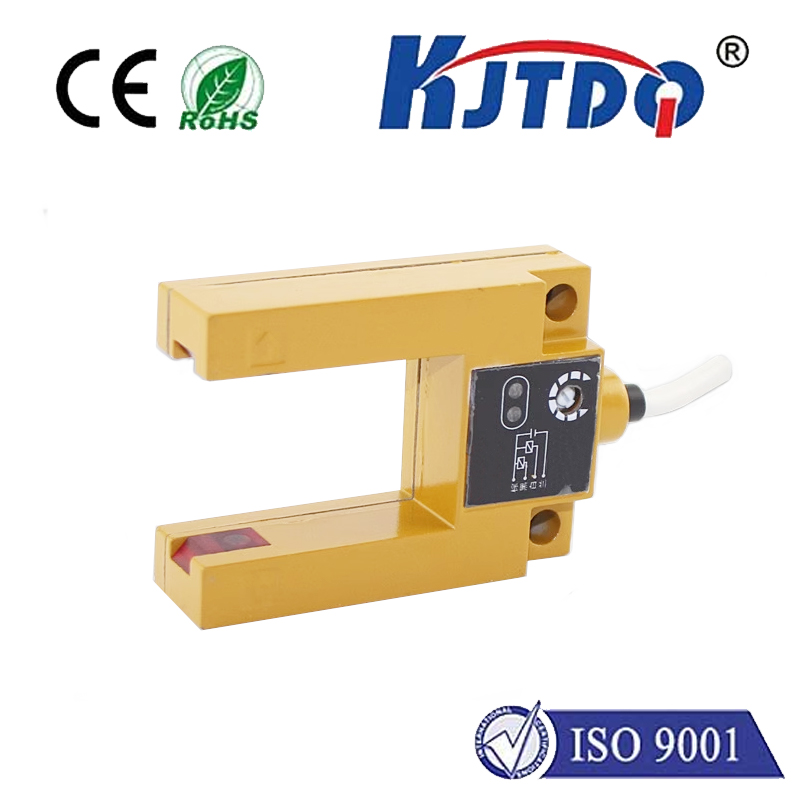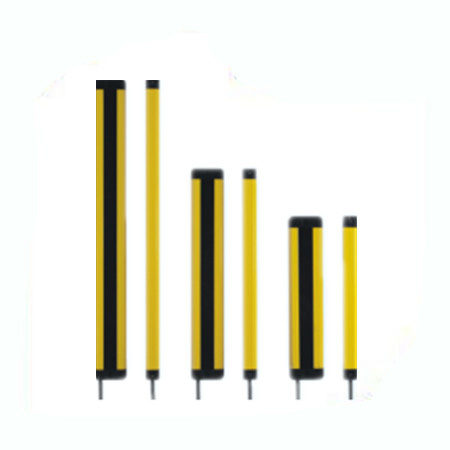

check

check

check

check

check

check

check

check

check

check
Title: The Versatility of Adjustable Limit Switches in Industrial Applications
Introduction
In the world of industrial automation, precision and control are paramount to ensuring efficient and safe operations. One crucial component that plays a significant role in achieving this level of control is the adjustable limit switch. This article will explore what an adjustable limit switch is, its various applications, and why it's essential in modern industrial settings.
What is an Adjustable Limit Switch?
An adjustable limit switch is an electromechanical device used to detect the position of mechanical components in a system. It can be set at specific points to signal when a machine part has reached a predefined position or limit. This type of switch typically consists of an actuator arm that activates the switch mechanism upon contact with a moving object, thus altering the electrical output.

The Advantages of Adjustability
The main advantage of an adjustable limit switch lies in its adjustability. Unlike fixed limit switches, these devices allow users to modify the trigger point manually, providing greater flexibility in different operational scenarios. This means they can accommodate changes in machinery setup, process requirements, or production runs without requiring replacements or major adjustments.
Applications Across Industries
Adjustable limit switches have wide-ranging applications across various industries due to their adaptability and reliability. They are commonly found in manufacturing lines for quality control, robotic arms for accurate movements, elevator systems for safety measures, and conveyor belts for sorting and packaging products. Their ability to monitor positions ensures that processes operate efficiently while also reducing potential downtime caused by mechanical failures.
Importance in Safety Measures
Beyond efficiency, adjustable limit switches are critical for maintaining safety standards in industrial environments. They serve as safeguards by halting machinery if it moves beyond its intended range or operates outside safe parameters. For example, in a packaging line, an adjustable limit switch can prevent equipment from overloading or operating when maintenance is required, protecting both machinery and operators from harm.
Integration with Advanced Systems
With the advent of smart technology and Industry 4.0, adjustable limit switches have become even more valuable. They can integrate with programmable logic controllers (PLCs) and other automated systems to provide real-time data on machine performance. This data can then be used to optimize processes further and implement predictive maintenance strategies before issues arise.
Conclusion
The adjustable limit switch is a fundamental component in modern industrial automation. Its capacity to provide precise control over mechanical limits makes it indispensable for enhancing productivity, ensuring safety, and enabling seamless integration with advanced technologies. As industries continue to evolve towards more sophisticated operations, the significance of the adjustable limit switch will only grow, solidifying its status as a cornerstone in the world of automation and control systems.
